Column - State of Inequality
Poverty and Long COVID Go Together
The lowest income Californians are more likely to have lingering symptoms, and more likely to lose jobs.

When the COVID-19 pandemic fully reached California in early 2020, experts in the fields of low-wage work and poverty braced for the worst. Their fear: The state’s poorest residents, often living in crowded conditions with inferior access to both information and adequate health care, were likely to suffer from the virus disproportionately.
That concern was prescient. Poorer communities in the state were wracked by dramatically outsized rates of infection and death in the pandemic’s first year. Workers in low-paying but “essential” jobs — in agriculture, food service, sanitation, public transportation — continued to be called into work, sometimes in unsafe conditions that further prompted disease spread.
It was an ugly picture. And its effects are still being drawn.
Join our email list to get the stories that mainstream news is overlooking.
Sign up for Capital & Main’s newsletter.
New information from UCLA’s Center for Health Policy Research shows that among California adults who tested positive for COVID, those with the lowest incomes were more than twice as likely as those with the highest incomes to have experienced long COVID — in this case, symptoms of the virus that last for two months or more. The long COVID figure for those at the lowest income levels was a staggering 50%, versus a 29% average for all adults and 22% for those at the highest income levels.
The data, drawn from the center’s California Health Interview Survey (CHIS), defined those earning 0% to 99% of the federal poverty level as the lowest income group, with those at 300% or more of the FPL as the highest income group. For 2023, the FPL, a measure of annual income issued by the U.S. Department of Health and Human Services, is $14,580 for individuals, $19,720 for a family of two and $30,000 for a family of four.
Such rates of lingering symptoms have corrosive effects down the line. Those suffering from long COVID symptoms were three times more likely to quit their jobs in order to care for themselves or a family member than were those whose symptoms lasted less than two months, said CHIS director Todd Hughes.
Further, Hughes said, 9% of those who experienced long COVID symptoms are currently unemployed and looking for work. The figure was only 6% among those who’d reported symptoms lasting less than two months.
“And a lower rate of those with long COVID symptoms are considered fully or full-time employed — 54%, versus 61% among those who had symptoms of less than two months,” Hughes said. “So there appears to be a current impact on employment situations.”
The full scope and effects of long COVID are some of the final frontiers for scientists and others studying the pandemic. In September, the National Center for Health Statistics estimated that in 2022, 7% of American adults had experienced long COVID, which it defined as self-reporting symptoms for at least three months after contracting the virus. The federal Centers for Disease Control and Prevention (CDC) defines long COVID as symptoms that last more than a month.
In an August report, the CDC noted that long COVID in U.S. adults has been associated with “lower likelihood of working full time and higher likelihood of being unemployed.” It also referred to data from the New York State Insurance Fund, which found that 18% of claimants with long COVID could not return to work for more than a year.
“The larger economic and societal impact of long COVID could be far-reaching if working-age adults are unable to maintain employment or care for children or aging parents,” the CDC report said.
The UCLA center’s survey is an ongoing, rolling questionnaire of Californians on a variety of health-related topics. The long COVID results, released in late October, are drawn from July 2023 data.
What the survey doesn’t explain, nor does it attempt to, is the why. But medical experts and social scientists alike have long understood that lower-wage workers in California generally have poorer access to quality health care, and for many, the lack of full-time work means they have to obtain such care on their own. In the time of COVID, that might include both testing and vaccinations.
“There’s a strong linkage between health insurance and employment,” Hughes said. Among the CHIS respondents, almost 20% of those with long COVID symptoms had experienced gaps in their health coverage in the past year, and nearly half cited cost as a reason why they either delayed getting care or didn’t seek any.
California has already seen what can happen when the state and federal government intervene to fend off the worst of a calamitous public event like the pandemic. The latest numbers from the Public Policy Institute of California (PPIC), for example, show that pandemic aid dramatically reduced poverty in the state — and that the expiration of most of those programs is coinciding with a renewed rise in poverty rates.
“Despite the economic shock of the pandemic, poverty in California actually declined because of major expansions to safety net programs,” said Sarah Bohn, a senior fellow at the PPIC who directs its economic policy center. “The federal Child Tax Credit and CalFresh food assistance programs were the largest expansions, aimed at low income Californians at risk of poverty.”
Gov. Gavin Newsom has successfully pushed to expand Medi-Cal, the state’s version of the federal Medicaid program, to include all income-eligible applicants regardless of their immigration status. A major leg of that expansion is set to begin in January, and it’s projected to reduce the number of Californians without any health insurance by nearly 1 million over time.
In the battle with COVID that is clearly still being waged, such interventions may prove critical to lifting lower-wage workers out of the worst of the virus’s effects. In other words, they’re merely the start — if the state is serious about putting COVID behind it.
Copyright 2023 Capital & Main

-

 Latest NewsNovember 19, 2025
Latest NewsNovember 19, 2025How Employers and Labor Groups Are Trying to Protect Workers From ICE
-
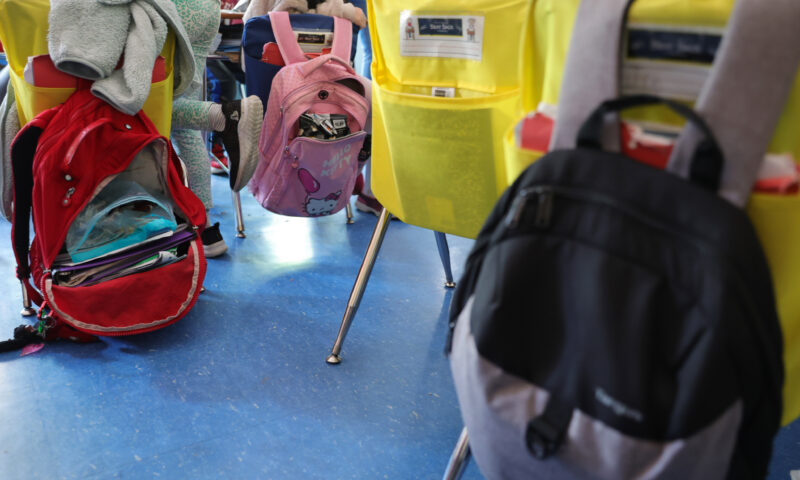
 Latest NewsNovember 18, 2025
Latest NewsNovember 18, 2025Future of Special Education at Risk, Teachers Say, as Trump Moves to Cut Staff and Programs
-
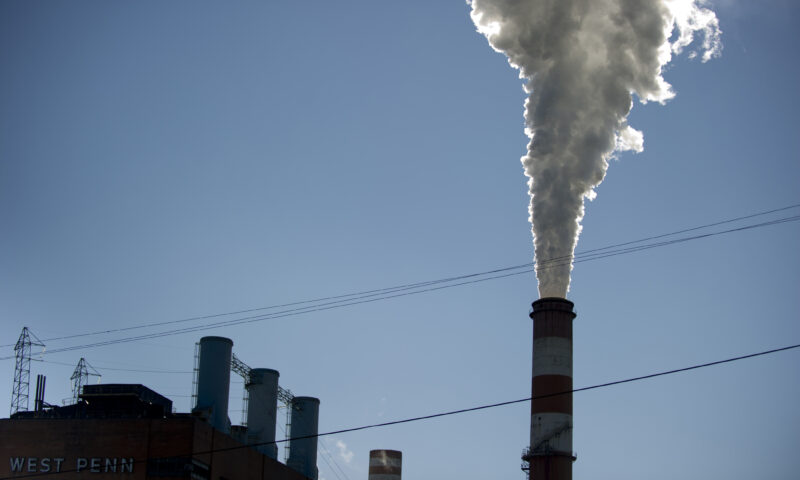
 The SlickNovember 18, 2025
The SlickNovember 18, 2025After Years of Sparring, Gov. Shapiro Abandons Pennsylvania’s Landmark Climate Initiative
-

 Latest NewsNovember 17, 2025
Latest NewsNovember 17, 2025In South L.A., Black and Latino Neighbors Unite Against ICE as Systems Fail
-
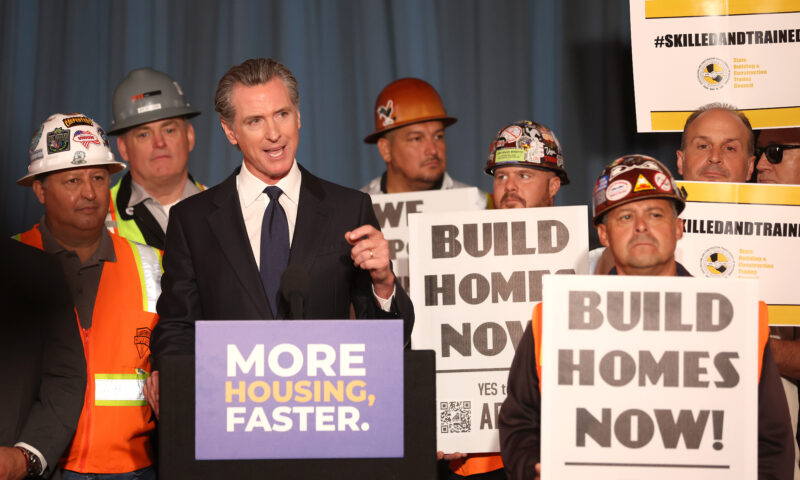
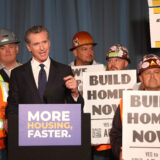 Column - State of InequalityNovember 21, 2025
Column - State of InequalityNovember 21, 2025Seven Years Into Gov. Newsom’s Tenure, California’s Housing Crisis Remains Unsolved
-
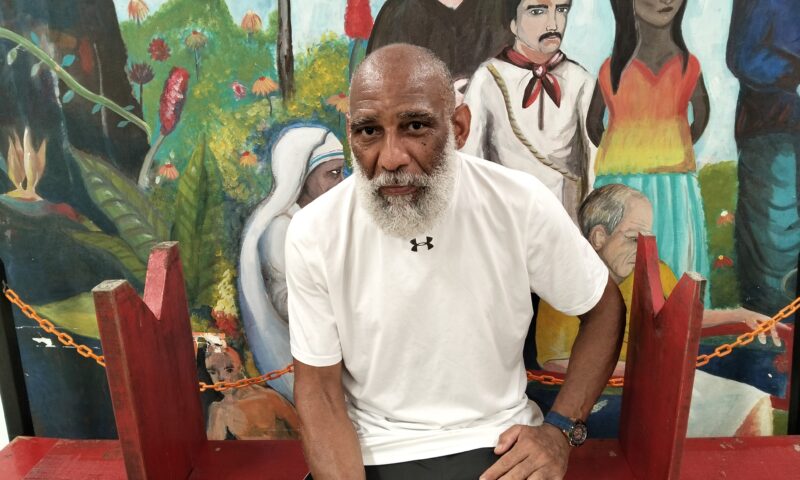
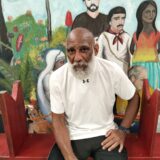 StrandedNovember 25, 2025
StrandedNovember 25, 2025‘I’m Lost in This Country’: Non-Mexicans Living Undocumented After Deportation to Mexico
-
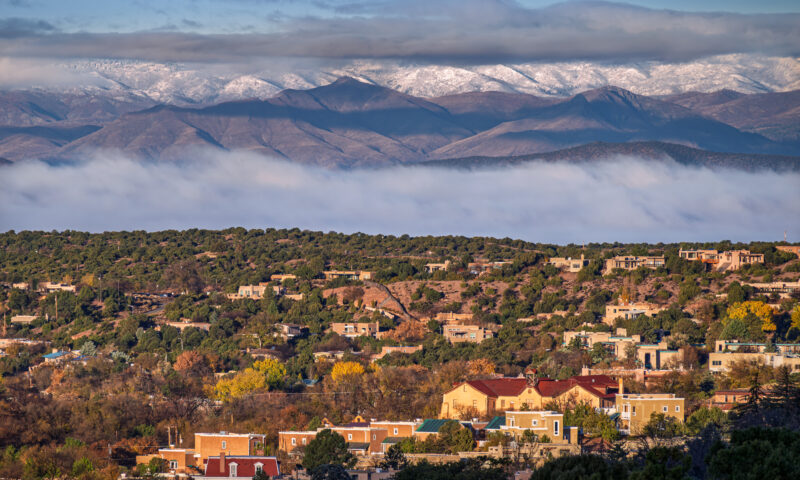
 Column - State of InequalityNovember 28, 2025
Column - State of InequalityNovember 28, 2025Santa Fe’s Plan for a Real Minimum Wage Offers Lessons for Costly California
-

 The SlickNovember 24, 2025
The SlickNovember 24, 2025California Endures Whipsaw Climate Extremes as Federal Support Withers

